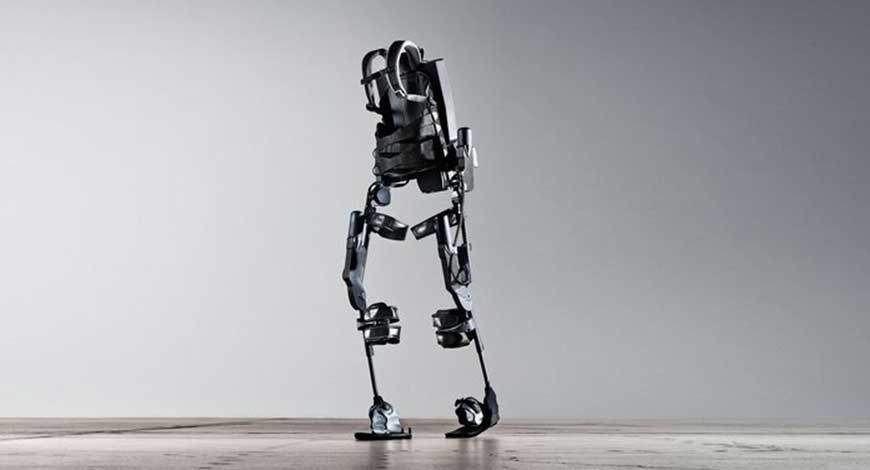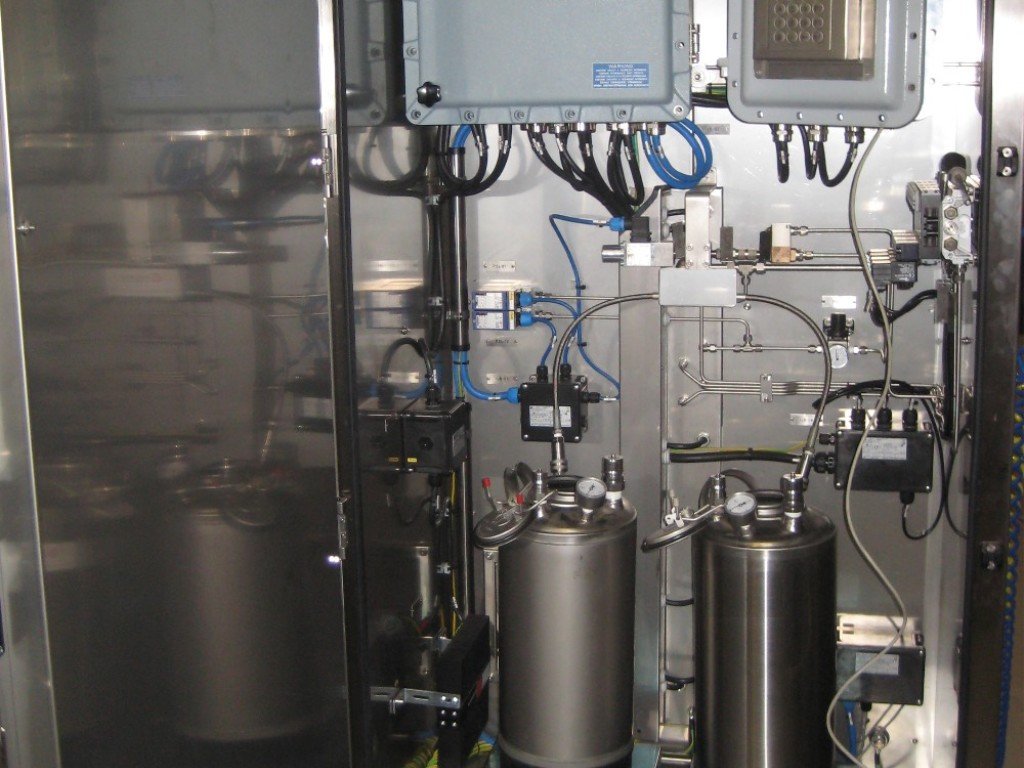The global demand for Hot and Cold Therapy Packs was valued at USD 968.60 Million in 2023 and is expected to reach USD 1636.43 Million in 2032, growing at a CAGR of 6.00% between 2024 and 2032.The hot and cold therapy packs market has witnessed significant growth in recent years, driven by an increasing awareness of non-invasive pain management solutions, rising prevalence of chronic pain conditions, and the expanding aging population. These therapy packs offer a convenient, drug-free way to manage pain, swelling, and inflammation, making them a staple in both home and clinical settings. This article delves into the dynamics of the hot and cold therapy packs market, exploring its current state, growth drivers, and future prospects.
Browse the full report at https://www.credenceresearch.com/report/hot-and-cold-therapy-packs-market
Market Overview
Hot and cold therapy packs are designed to provide targeted relief through temperature therapy. Cold packs are used to reduce swelling and numb pain by constricting blood vessels, making them effective for acute injuries like sprains or post-surgical recovery. Hot packs, on the other hand, help relax muscles, improve blood flow, and alleviate chronic pain conditions like arthritis. The versatility of these packs, along with their ease of use, has made them popular among a diverse range of consumers.
Growth Drivers
1. Rising Prevalence of Musculoskeletal Disorders:
The increasing incidence of musculoskeletal disorders, such as arthritis, back pain, and osteoporosis, is a primary driver for the hot and cold therapy packs market. According to the World Health Organization, musculoskeletal conditions are the leading contributor to disability worldwide, affecting millions of people. As these conditions often require long-term pain management, the demand for effective and non-invasive solutions like therapy packs continues to rise.
2. Growing Geriatric Population:
The aging global population is another significant factor contributing to market growth. Older adults are more prone to chronic pain and injuries, creating a substantial market for pain relief solutions. The United Nations estimates that by 2050, the number of people aged 60 years and older will reach 2.1 billion, up from 1.5 billion in 2020. This demographic shift underscores the expanding market for hot and cold therapy packs.
3. Increasing Awareness and Adoption:
There is a growing awareness about the benefits of hot and cold therapy among consumers, athletes, and healthcare providers. The shift towards natural and non-pharmaceutical pain management solutions is encouraging the adoption of these packs. Additionally, advancements in product design and materials have led to more effective and user-friendly therapy packs, further driving their popularity.
4. Expansion of E-commerce Platforms:
The proliferation of e-commerce platforms has made it easier for consumers to access a wide range of hot and cold therapy packs. Online retailing offers the convenience of home delivery and a plethora of choices, which has significantly boosted sales. Moreover, online platforms allow manufacturers to reach a global audience, further expanding the market.
Market Segmentation
The hot and cold therapy packs market can be segmented based on product type, application, distribution channel, and region.
– Product Type: The market includes reusable packs, instant packs, gel packs, and others. Reusable packs are particularly popular due to their cost-effectiveness and environmental benefits.
– Application: These packs are used for various applications, including sports injuries, post-operative recovery, arthritis pain, and general muscle soreness. Sports injuries and arthritis pain represent the largest application segments.
– Distribution Channel: The market is divided into retail pharmacies, hospital pharmacies, online stores, and others. Online stores are gaining traction due to their convenience and extensive product offerings.
– Region: Geographically, the market is segmented into North America, Europe, Asia-Pacific, Latin America, and the Middle East & Africa. North America holds the largest market share, driven by a high prevalence of chronic pain conditions and a strong healthcare infrastructure. However, the Asia-Pacific region is expected to witness the fastest growth due to increasing healthcare spending and growing awareness.
Future Prospects
The future of the hot and cold therapy packs market looks promising, with several trends poised to drive further growth. Technological advancements, such as the development of smart therapy packs with temperature control and monitoring features, are expected to enhance product efficacy and user experience. Moreover, increasing investment in healthcare infrastructure and the rising trend of home healthcare will create new opportunities for market expansion.
Key Players
- 3M Company
- Caldera International Inc.
- Cardinal Health
- Chattanooga Group Inc.
- Halyard Health, Inc.
- Beiersdorf Australia Ltd.
- Breg, Inc.
- Corso Enterprises, Inc.
- Covidien plc.
- Core Products International, Inc.
- DJO Global, Inc.
- Kobayashi Pharmaceutical Co., Ltd.
- Medline Industries, Inc.
- Bruder Healthcare Company, Inc.
- Thermionics Corp.
- Carex Health Brands
- Others
Segmentation
-
By Type of Pack
- Gel Packs
- Instant Cold Packs
- Reusable Cold Packs
- Instant Hot Packs
- Electric Heating Pads
-
By Application
- Pain Relief
- Injury Management
- Post-Surgery Recovery
- Sports Medicine
- Medical Rehabilitation
- Wellness and Relaxation
-
By End User
- Hospitals & Clinics
- Organizations Sports
- Homecare Settings
- Rehabilitation Centers
- Fitness Centers
-
By Region
- North Americas
- US
- Canada
- Mexico
- Europe
- Germany
- France
- UK.
- Italy
- Spain
- Rest of Europe
- Asia Pacific
- China
- Japan
- India
- South Korea
- South-east Asia
- Rest of Asia Pacific
- Latin America
- Brazil
- Argentina
- Rest of Latin America
- Middle East & Africa
- GCC Countries
- South Africa
- Rest of the Middle East and Africa
- North Americas
About Us:
Credence Research is committed to employee well-being and productivity. Following the COVID-19 pandemic, we have implemented a permanent work-from-home policy for all employees.
Contact:
Credence Research
Please contact us at +91 6232 49 3207
Email: sales@credenceresearch.com







